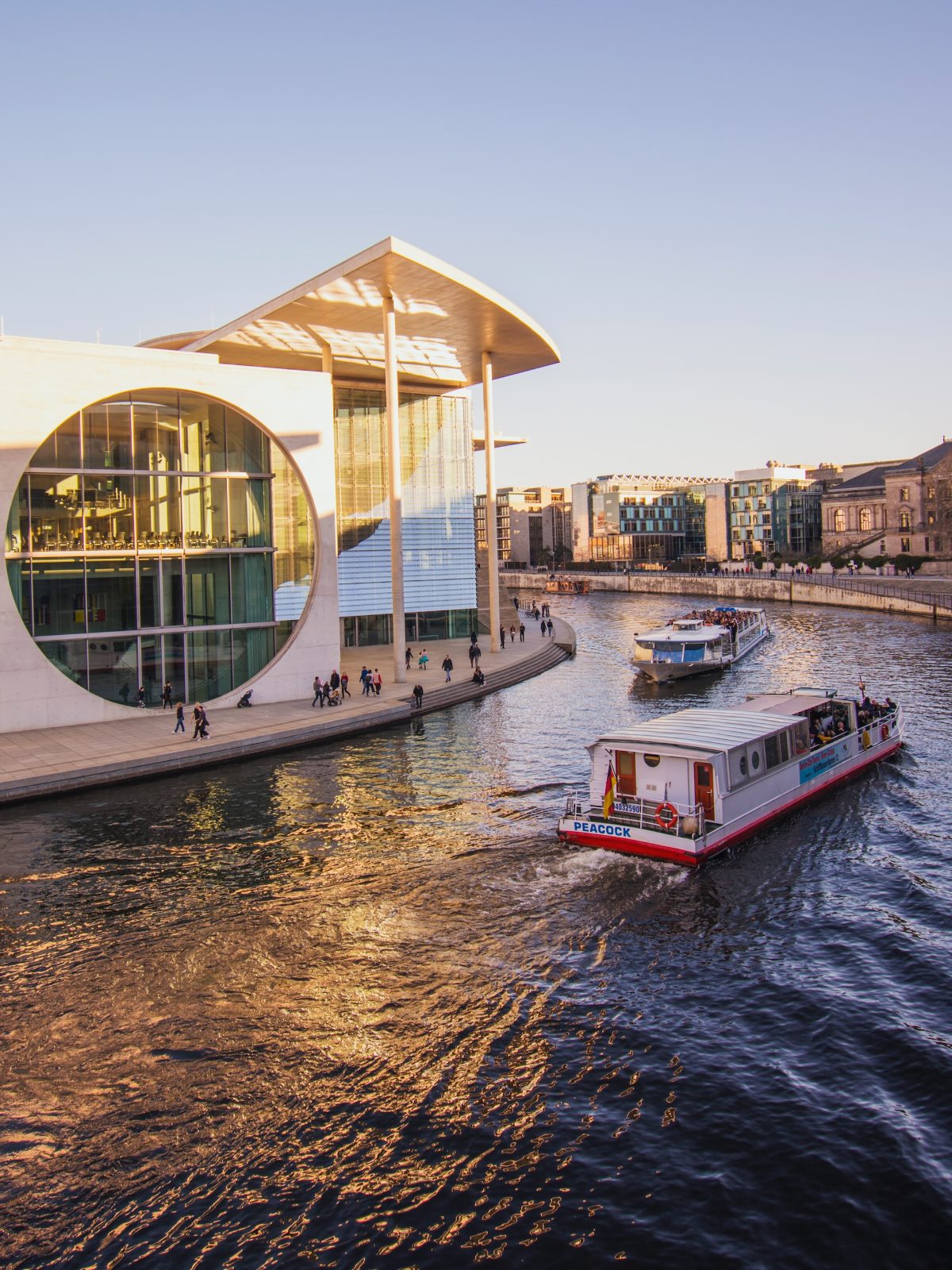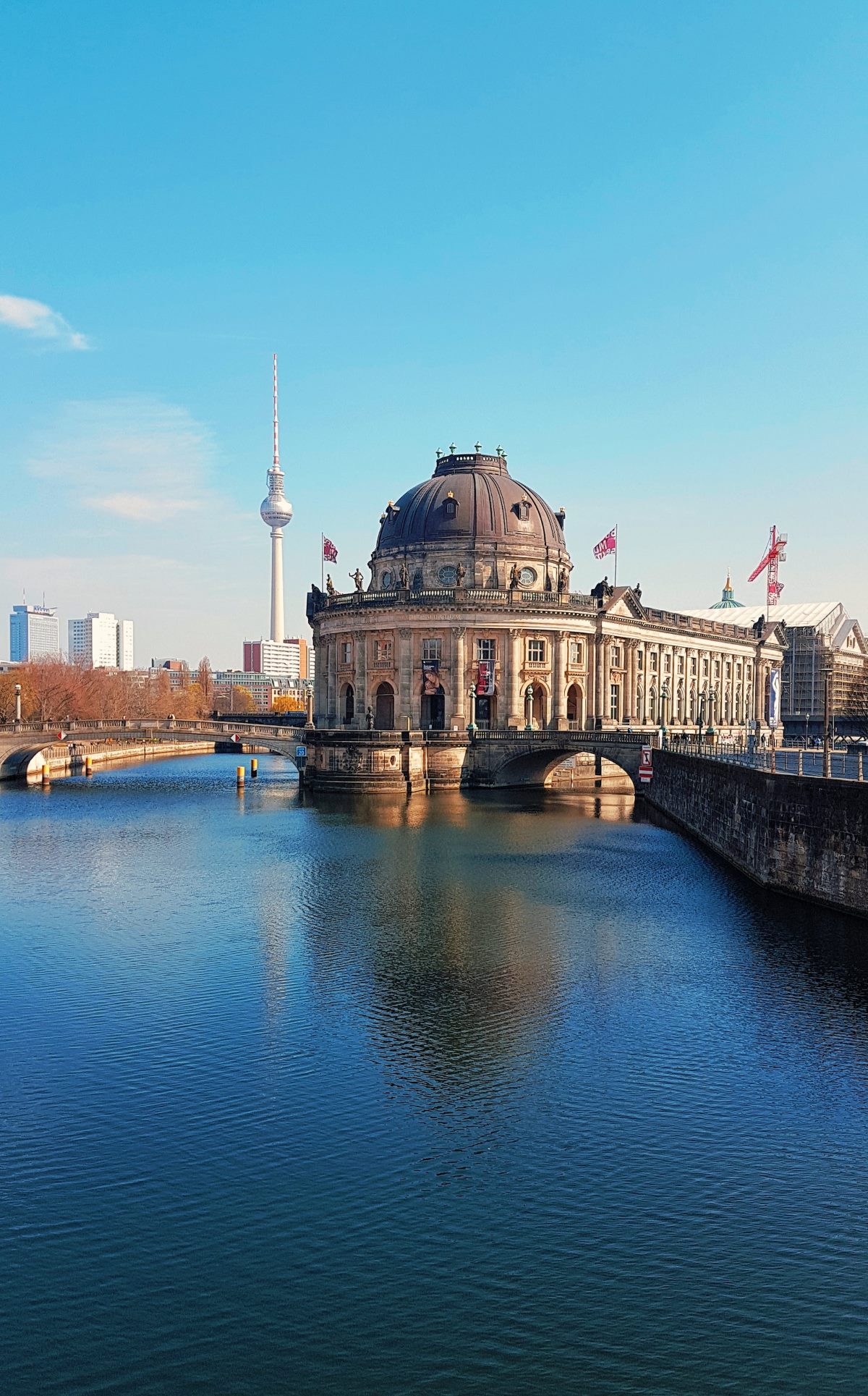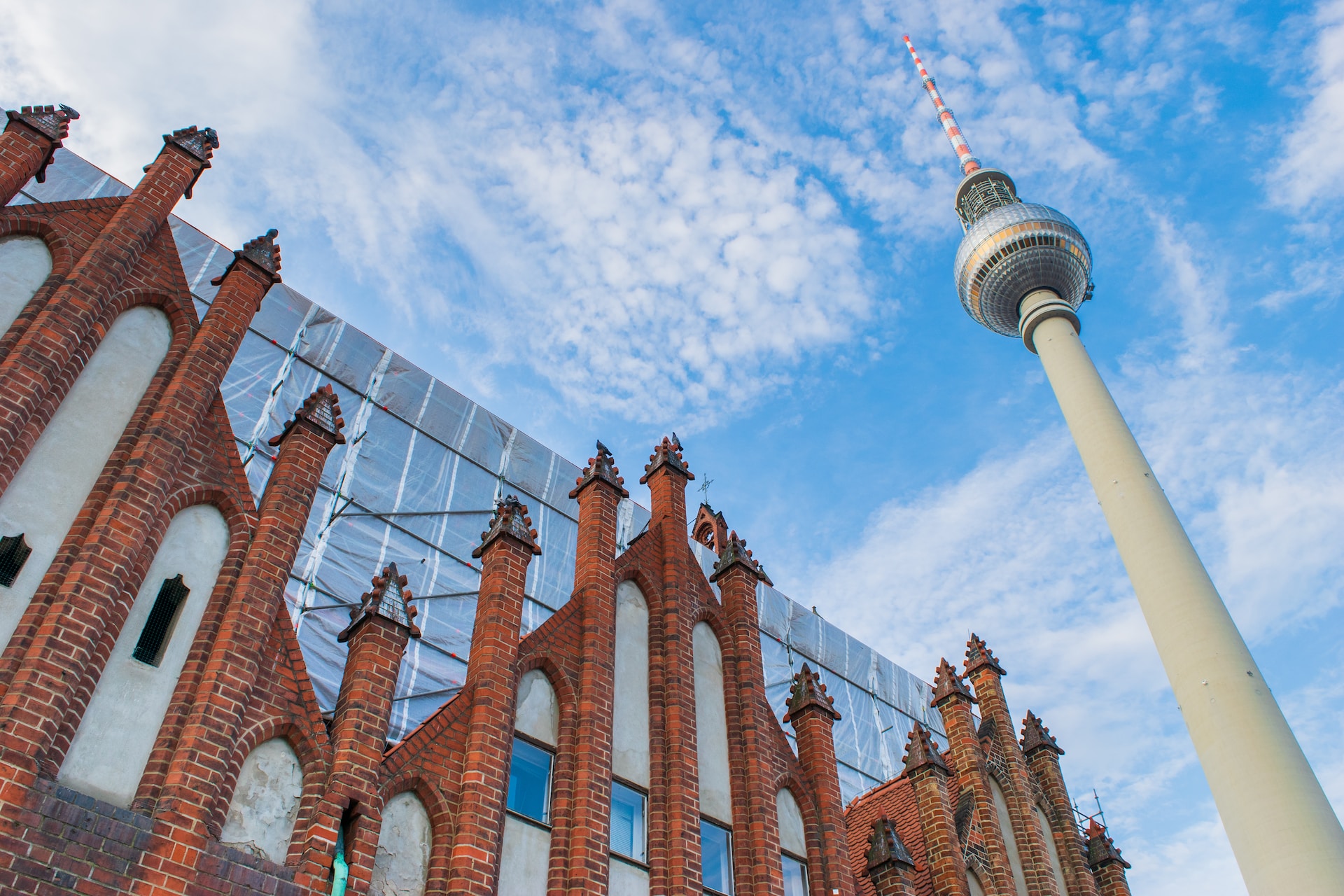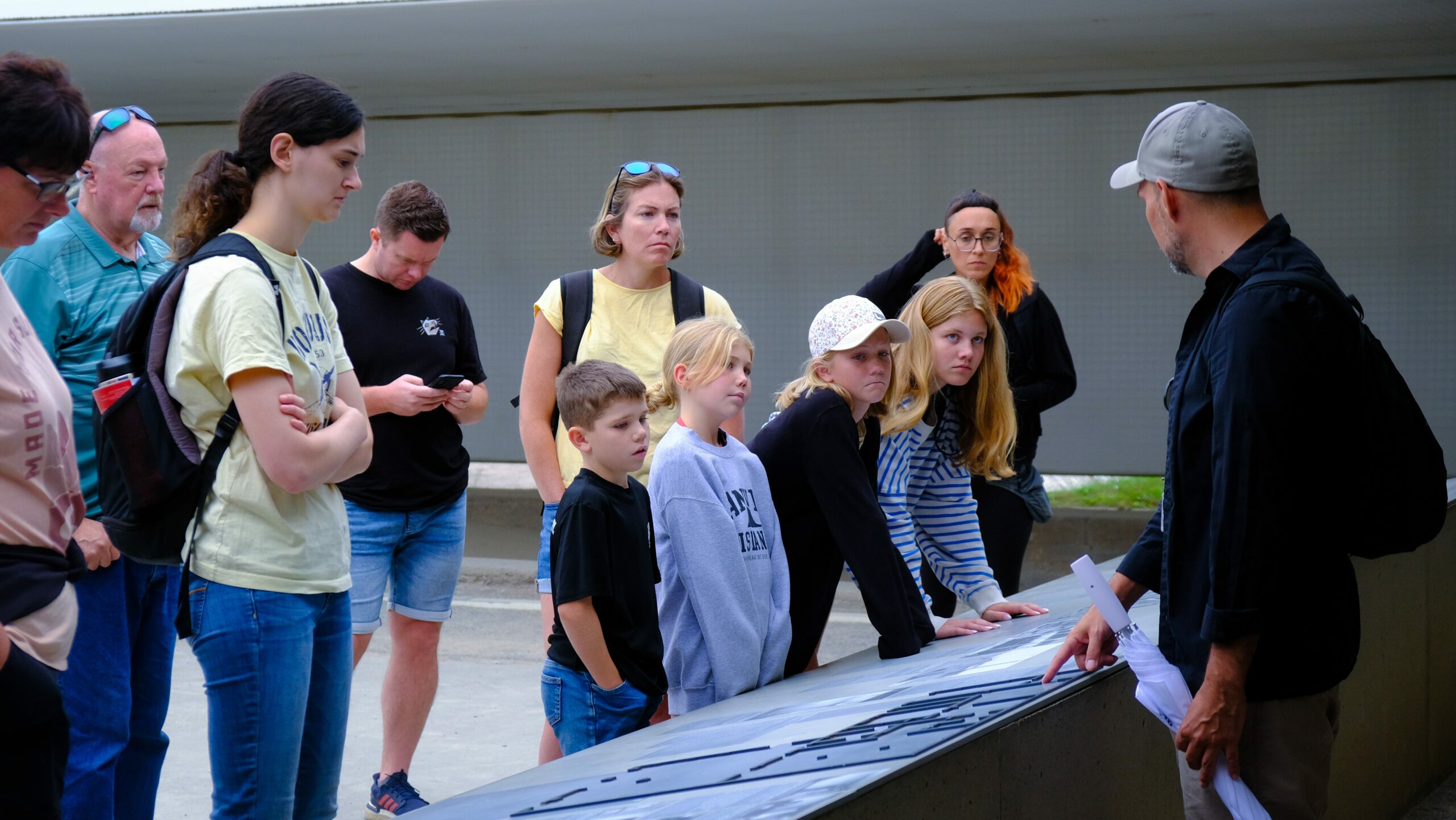Introduction
For 28 years, the wall that split East from West Berlin served as a Cold War symbol. On the east side, most people had heard of those stories, but it’s important to also know what it was like to live in West Berlin behind the Wall. Within the estranged but not entirely divided city, this blog post explores what it’s like to live there, and what its people have to say about the value of maintaining it.
The Geography of West Berlin
West Berlin was an island within East Germany, and the territory of the German Democratic Republic (GDR) was hostile around it. It was geographically isolated from the remaining West Germany, being an enclave.
Freedom and Vibrancy
Though physically and politically protected, West Berlin provided its inhabitants with a vivid and cosmopolitan way of life. In itself, it was a melting pot of cultural uniformity, art, music, and clothing. It became a center of the counterculture and progressive ideas, welcoming intellectuals, artists and activists from the rest of the world.
1. Cultural and Intellectual Hub
Outside West Berlin, you could find yourself in a vibrant cultural setting. There were art galleries, theaters and museums aplenty in the city. But those Berlin landmarks such as the Berlin Philharmonic and the Berlin Zoo were cherished institutions. Cafes and book stores became venues for intellectuals to meet and challenge the status quo in discussions.
2. Nightlife and Entertainment
West Berlin’s nightlife was legendary. Its club scene was notorious for having music genres like punk, new wave and electronic music. Tresor, Dschungel and SO36 had become iconic clubs of freedom and creativity. Entertainment in the city was diverse and provided a form of escape from the political reality of the Wall.
Wealth and Economic Disparity
However, life in West Berlin was not easy. In economic terms, there existed a sharp contrast between East and West Berlin. While the economy of West Berlin was strong and the West German government supported it, East Berlin was plagued by a socialist regime.
1. Economic Prosperity
Well into the early 1950s, West Berlin’s economy was bustling and it had access to global markets. Commerce and trade fairs as well as an international business center developed in it. The attractions to the isolated city, however, resulted from subsidies from the West German government that allowed the city to attract businesses, providing jobs and wealth creation.
2. Economic Disparities
West Berlin was economically prosperous but East Berlin barely provided any opportunities. The infrastructure, quality of the goods available and presence of consumer goods was starkly economic divide. Such disparities had exacerbated tension between the two sides of the Wall.
Maintenance of Normalcy
It was undoubtedly difficult to live in the shadow of the Wall. But the people of West Berlin devised ways to continue the normal and create formidable communes.
1. Self-Sufficiency
Because West Berlin was misaled, West Berliners were resourceful. They had developed a self sufficient mentality where they procured goods and services from the local industries where things could not be easily accessed from the East. It meant that the community and resilience were built to a very strong standard.
2. Cross-Border Relationships
Even though part of the city of Berlin, West Berliners were in touch with their families and friends who were in East Berlin through physical separation. Despite our differences, it made visits and correspondence something that gave us emotional support and the reminder that we are one divided city that shares that same identity.
Conclusion
It was hard life in West Berlin behind the Wall, and it was fun. The impressive geography, cultural diversity and economic differences, and strong sense of community, shaped the experiences of the city’s residents. The Wall might have separated West Berlin into two physically, but West Berliners’ spirit continued to unite and live past, leaving a mark on history.
Table of Contents




